Kindred spirits: Brembo
Brembo is an Italian brake manufacturer, known throughout the automotive world for their innovative technology and pioneering use of materials. We spoke with Account Manager/Analyst Matteo Rampazzo about regenerative braking, environmental responsibility, and how a traffic accident can change the course of an entire company.
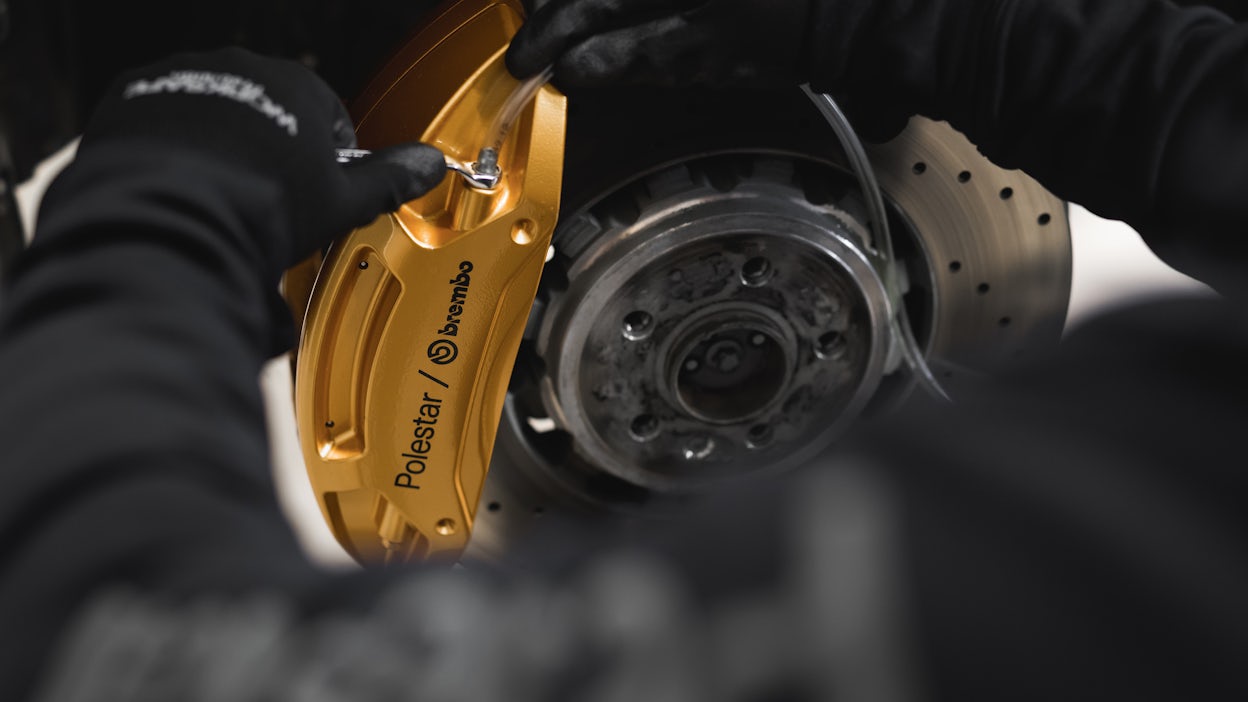
Could you briefly introduce yourself?
My name is Matteo Rampazzo, and I’ve been here at Brembo for thirty years. I have two roles: one is product planning and market analysis, and the other is as an account manager for a few accounts, one of which is Polestar.
What makes Polestar a brand that Brembo wanted to collaborate with?
We’re very interested in Polestar and what they stand for, not only in terms of design and safety, but also from an environmental point of view. We like the way Polestar are approaching the market compared to many other brands. There are a lot of electric and hybrid cars that are…not so sexy, unfortunately.
How did Brembo come about?
It was established in 1961 as a machining company. Then, in 1964, a truck delivering brake discs from England to Alfa Romeo here in Italy had an accident. Alfa Romeo asked Brembo if they’d be able to rework these damaged brake discs. And that’s how Brembo started making brakes. True story. From there, it’s escalated to Brembo manufacturing roughly 70 million discs per year and 13 million calipers per year. We have our own aluminium foundries in Italy, the Czech Republic, Mexico, and China. And we have our cast iron foundries in Poland, Italy, the US, Mexico and China dedicated to brake discs. We also have development centres in Italy, Poland, the US, India and China, because obviously it’s important to do development as close as possible to our customers.
Do EVs provide different challenges when it comes to brake technology?
What we’re telling manufacturers is that when you take regenerative braking into account, you could downsize the discs considerably, thus reducing weight even further. However, many electric cars these days are heavier than their ICE equivalents, so in many cases we see brakes on electric cars that are even bigger. But I think that’s mainly because we’re still transitioning.
How involved is Brembo in the design with vehicle OEMs?
Every caliper we make is tailor-made for that manufacturer. We don’t work with off-the-shelf products. And every time, we lay down dedicated tooling for that product. We also work together from a design point of view, both with the customer and a local design studio, to identify the styling cues of the vehicle. The design studio then gives us some styling ideas to incorporate into the calipers, which our engineers make manufacturable. We actually brought a full-scale resin mock-up to Gothenburg which the engineers wanted to keep. It’s still there.
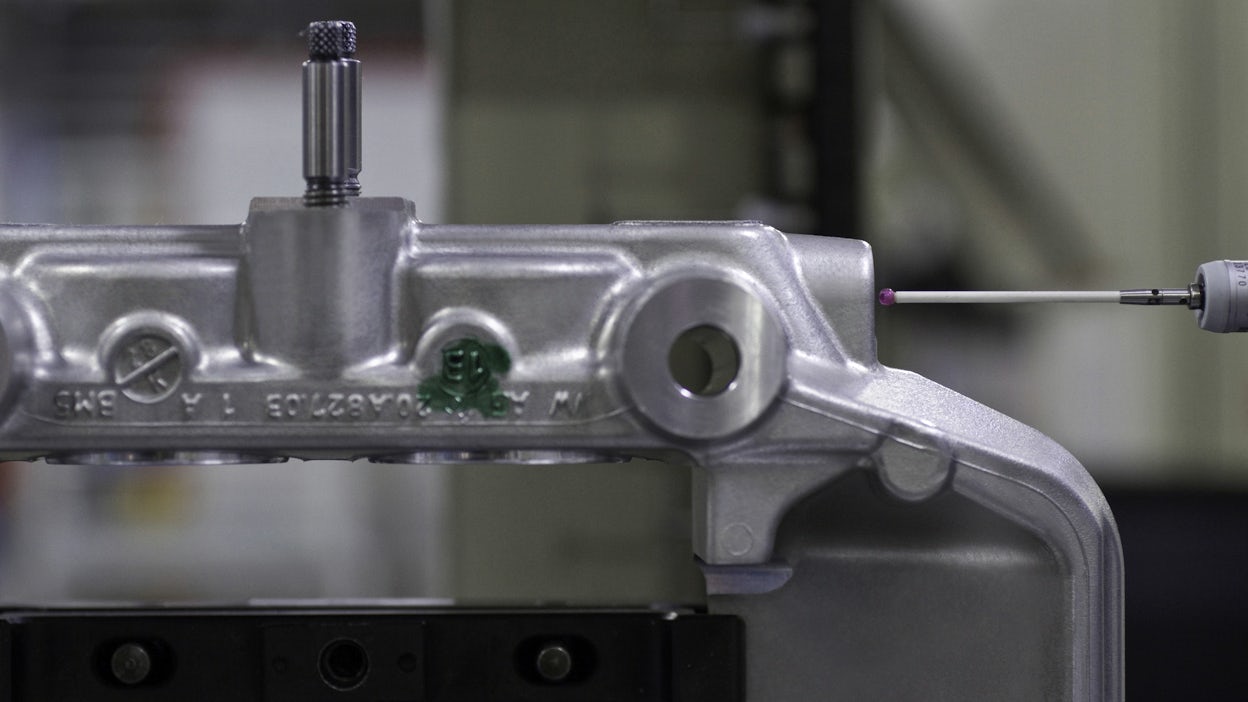
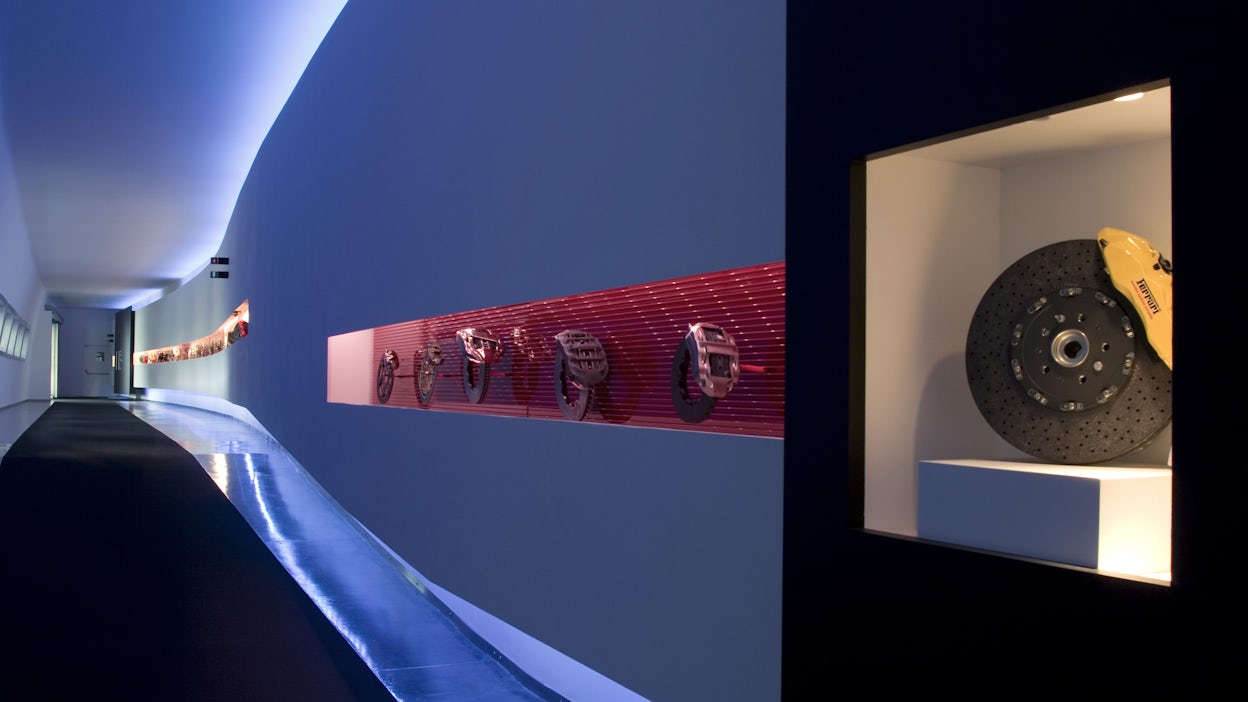
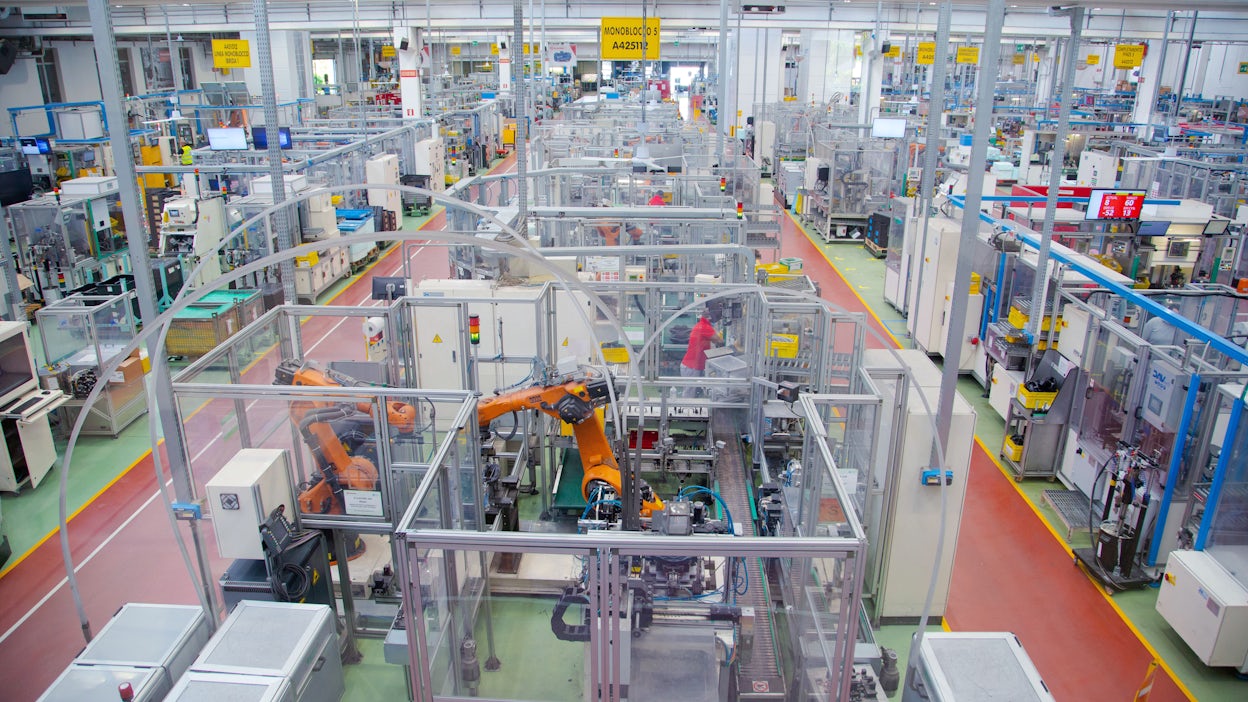
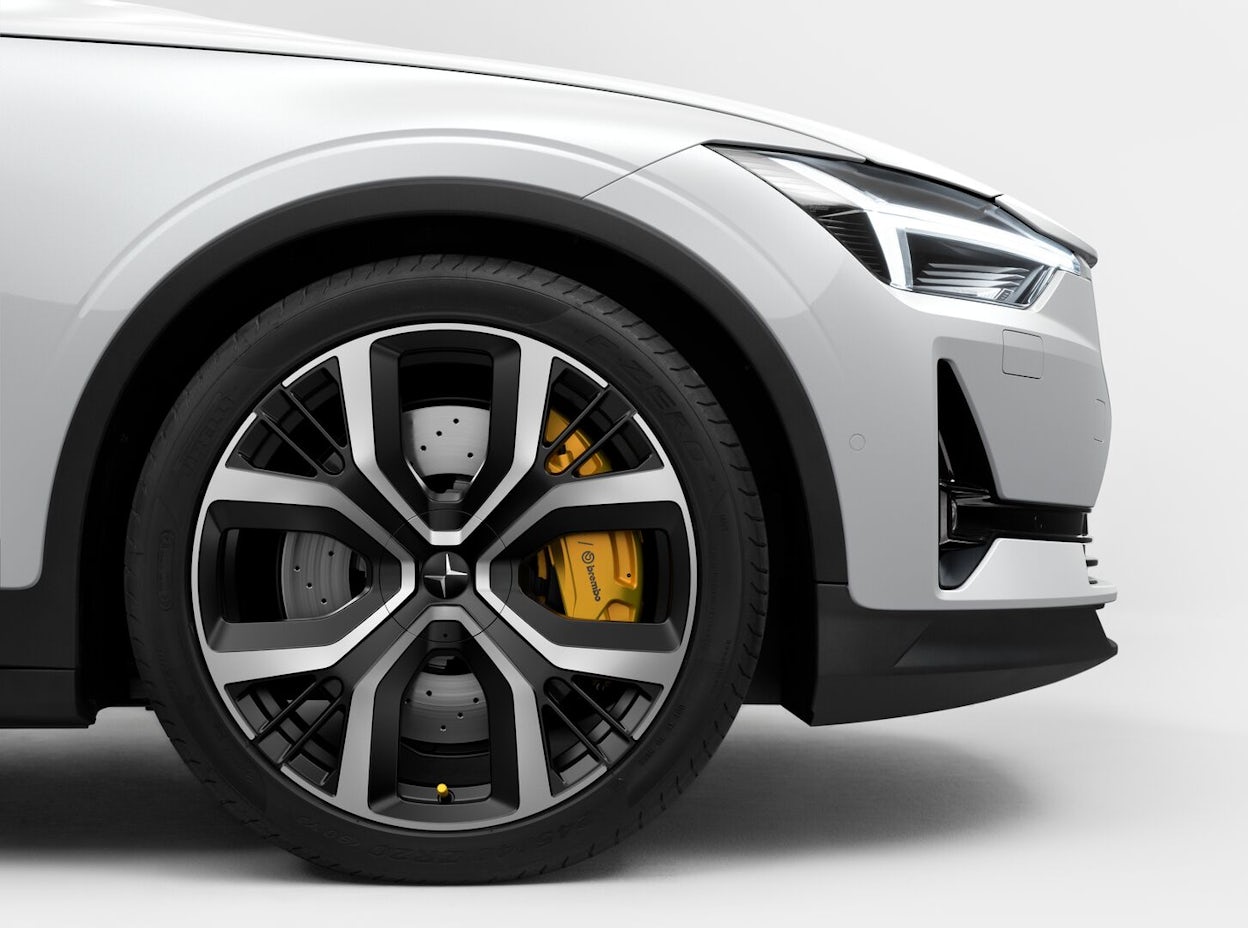




01/04
We want to be ready for the important changes that are happening in the car industry.
What makes Polestar distinctive, in your opinion?
Aside from the Polestar 1, Polestar is a purely electric company, which is different from most of the other manufacturers which are maintaining combustion engines in their portfolio. It’s that, along with the very pleasing and minimalistic Swedish design, and the fact that they’re comfortable cars.
Brembo states that they “recycle all the materials used in the production process”, in addition to applying more eco-friendly technologies and stopping all forms of pollution. In what other ways is Brembo dealing with the issues of sustainability and environmental responsibility?
We are supporting sustainable development goals throughout all of our plants in Europe, North and South America, China, and India. On the one end is recycling, reducing water wastage, installing LED illumination wherever possible, and so on. On the other, we’re looking into product development with the aim of lowering the environmental impact. We’re currently developing cement-based friction materials. These use much less water in the manufacturing process, and they aren’t made of material which dissipates in the atmosphere when you’re braking. Also, the lighter the vehicle, the less energy needed to move it, so we try to contribute as much as possible to reducing weight. We’ve always believed very strongly in the use of aluminium for calipers. What has an even higher impact on emissions is reduced brake drag: the contact between the brake pad and the rotating disc once you lift your foot off the brake pedal. We can tell our customers, based on WLTP testing, how many grams of CO2 emissions/km we can save due to reduced brake drag in our calipers.
Brembo’s aluminium brake caliper was revolutionary, both in terms of materials and design. What other design and/or technological innovations has Brembo developed?
The biggest evolution for us is our brake-by-wire system. It’s a system where the brake pedal is completely de-coupled. Actually, it’s a pedal simulator sending signals to a control unit. The control unit runs four independent actuators; one on each wheel. This system can either be “wet” (traditional hydraulic calipers) or “dry” (electromechanical actuators placed in the caliper), or a combination of the two. This allows for the integration of various functions like ABS, stability control, torque vectoring, and regenerative braking.
Like Polestar, Brembo innovates constantly, especially in the areas of materials (like aluminium and carbon ceramic) and design, being the only component brand to win the Compasso d’Oro. What other similarities do the two brands share?
Polestar is a very dynamic company, with development in Europe and production in China. Brembo is also a dynamic company with plants all over the world. We are an Italian company, but only about 30% of our personnel is in Italy.
In a nutshell, what is the Brembo philosophy?
We used to say: “you accelerate, we brake”, but we want to move away from just being a component supplier. We want to be ready for the important changes that are happening in the car industry.








